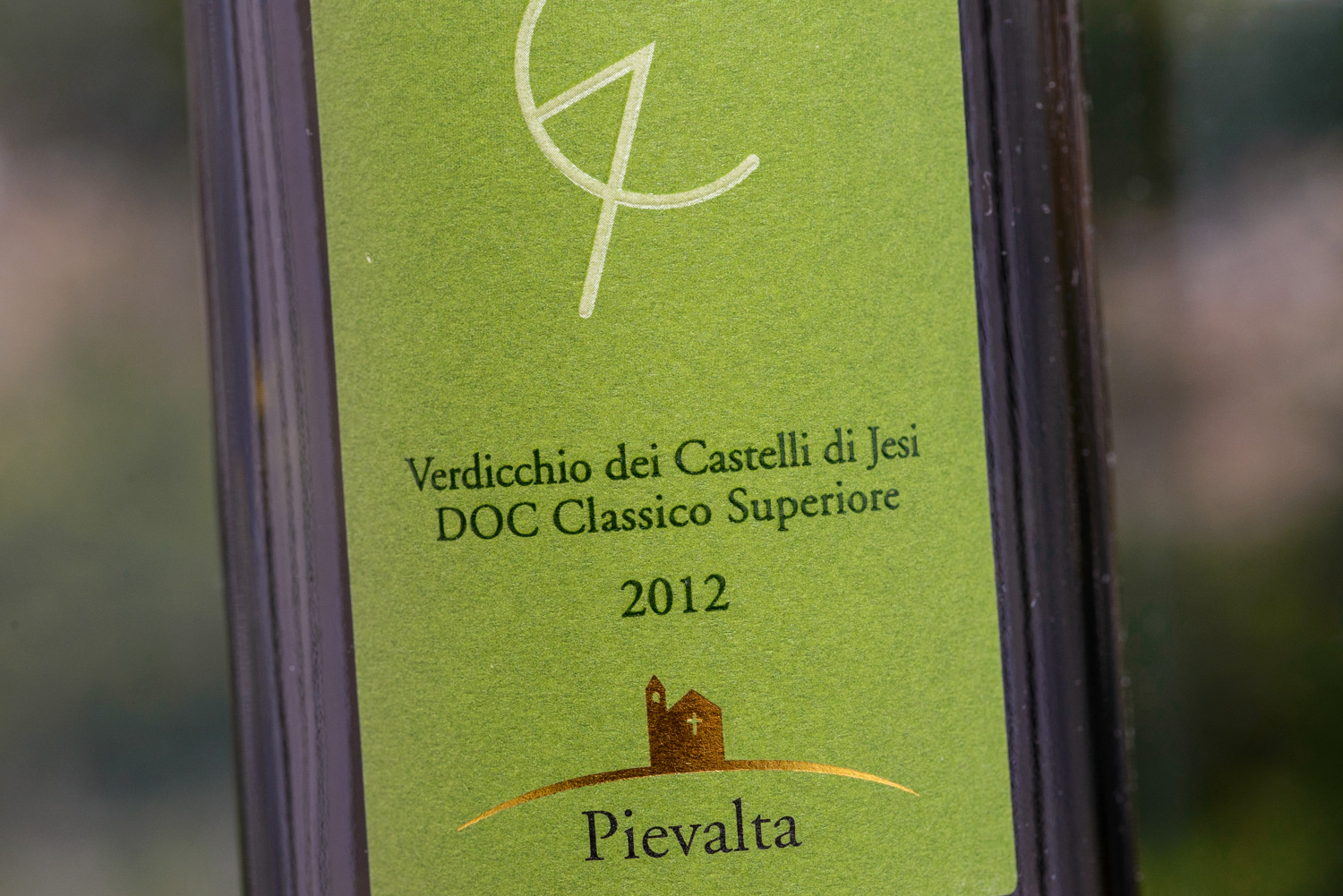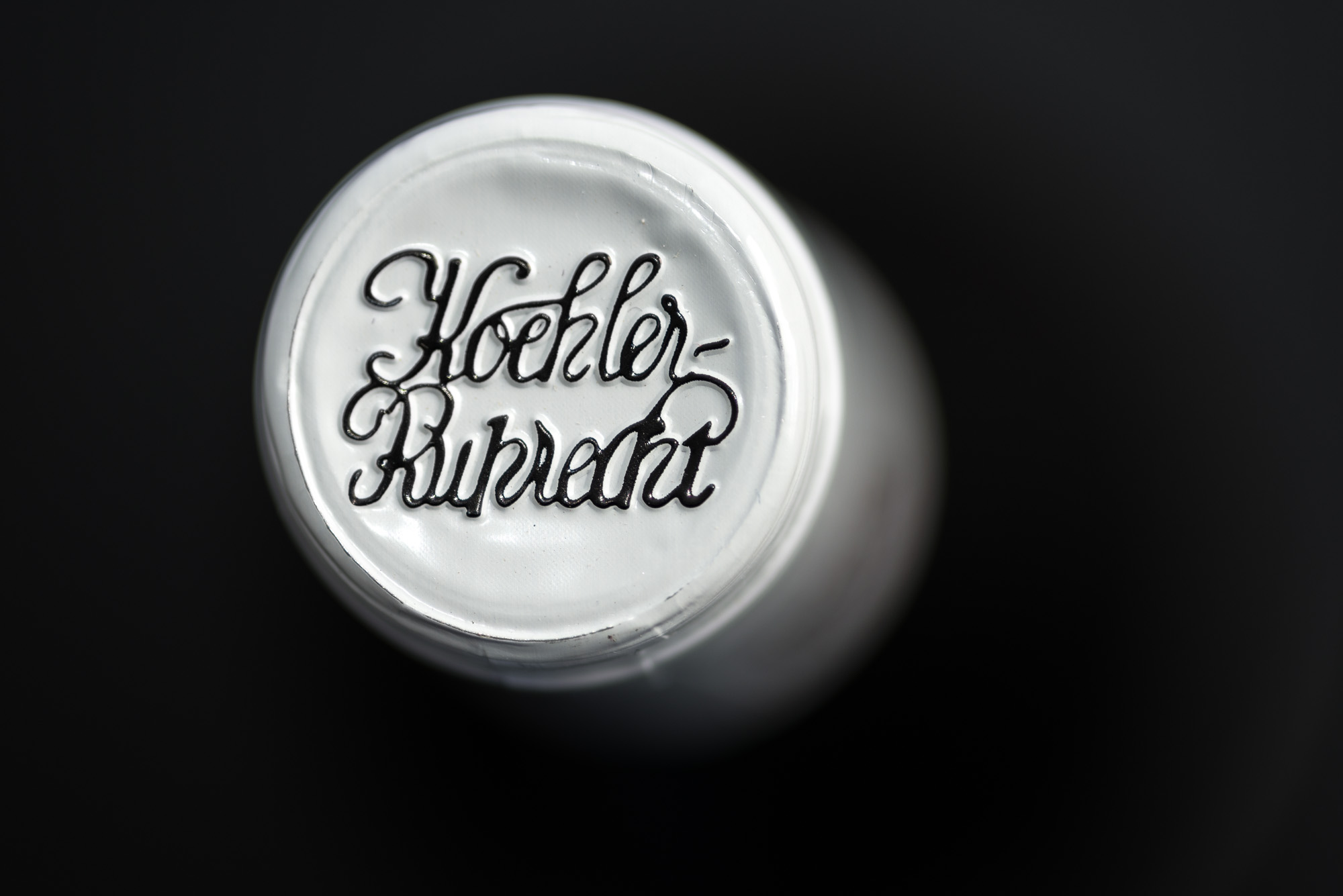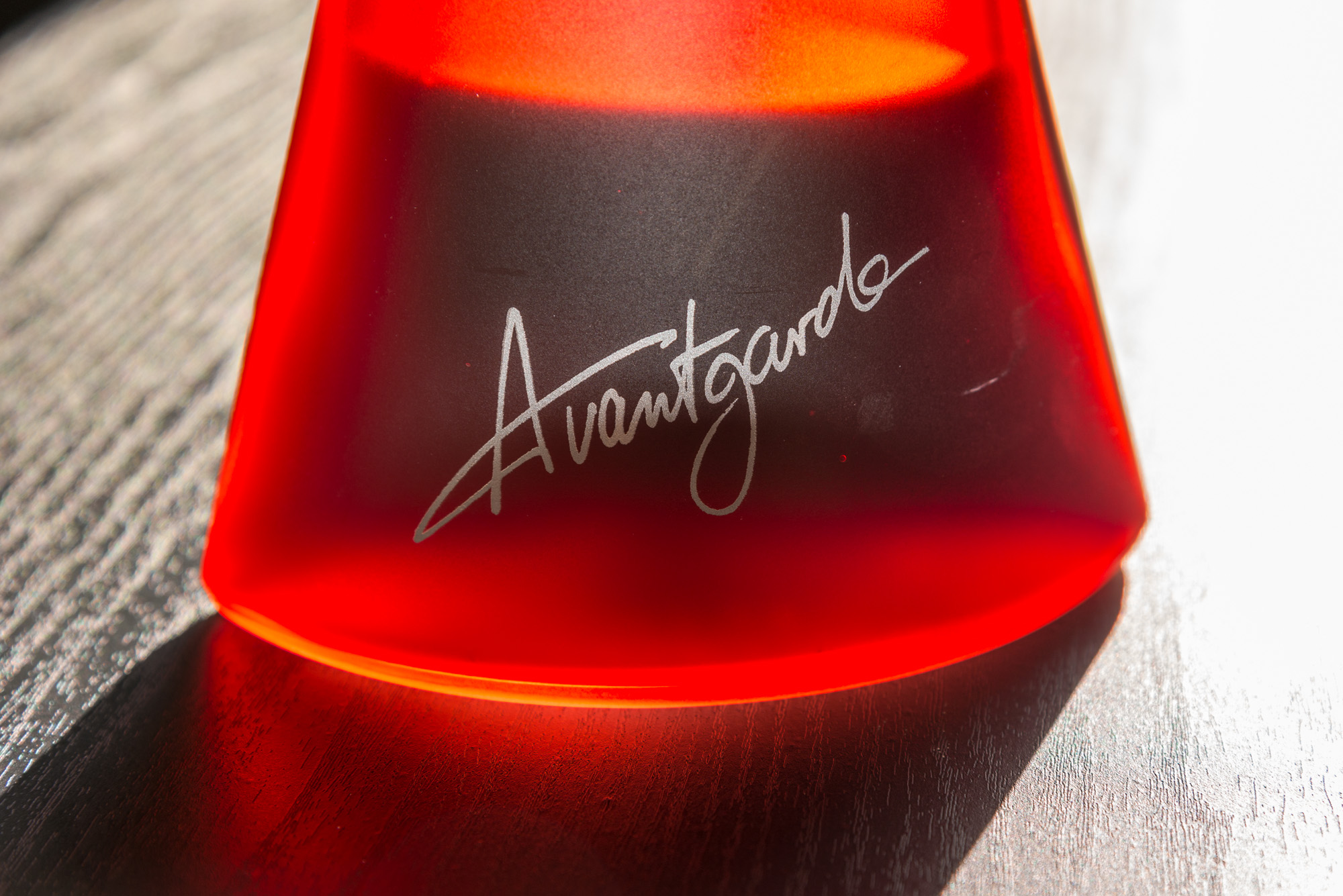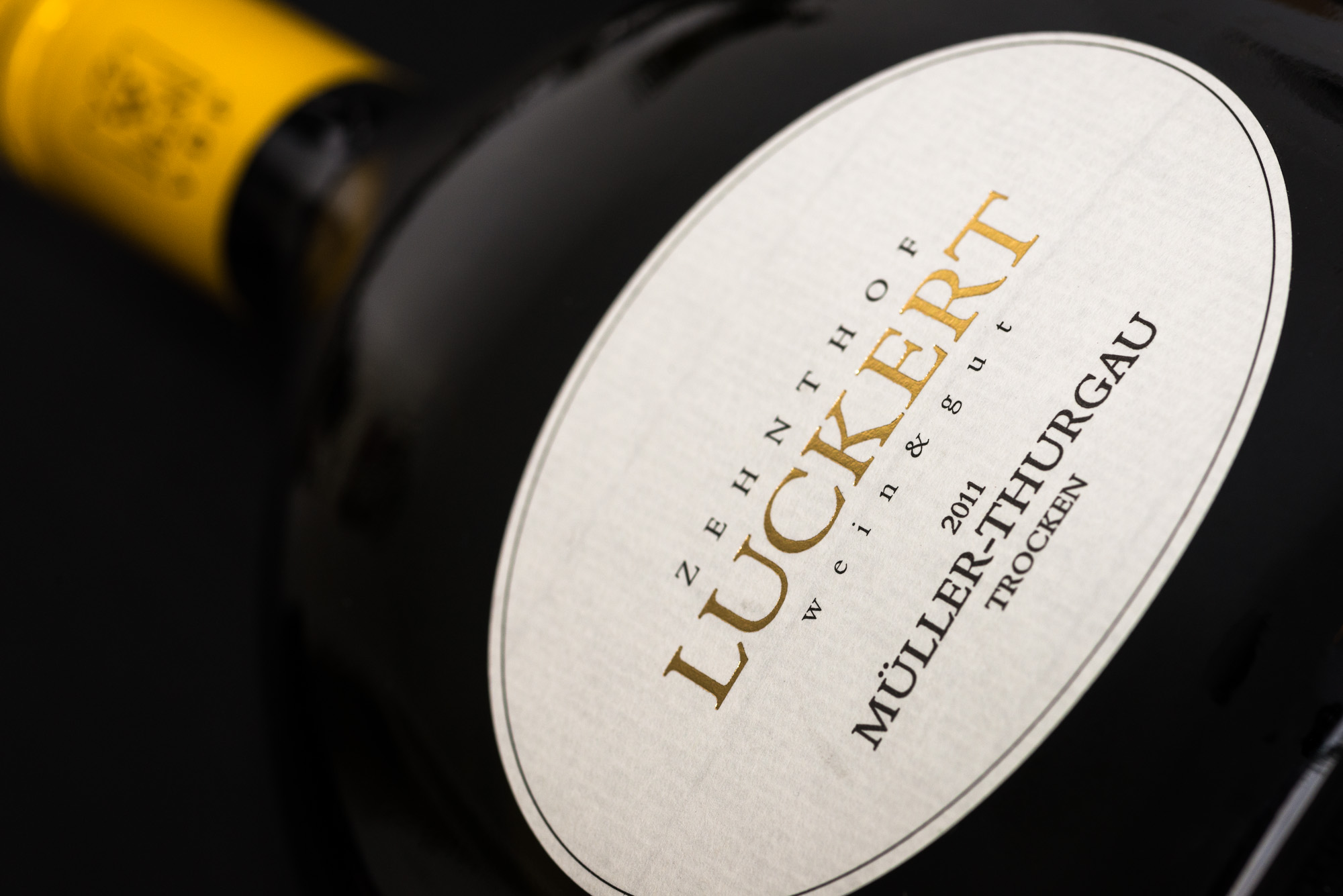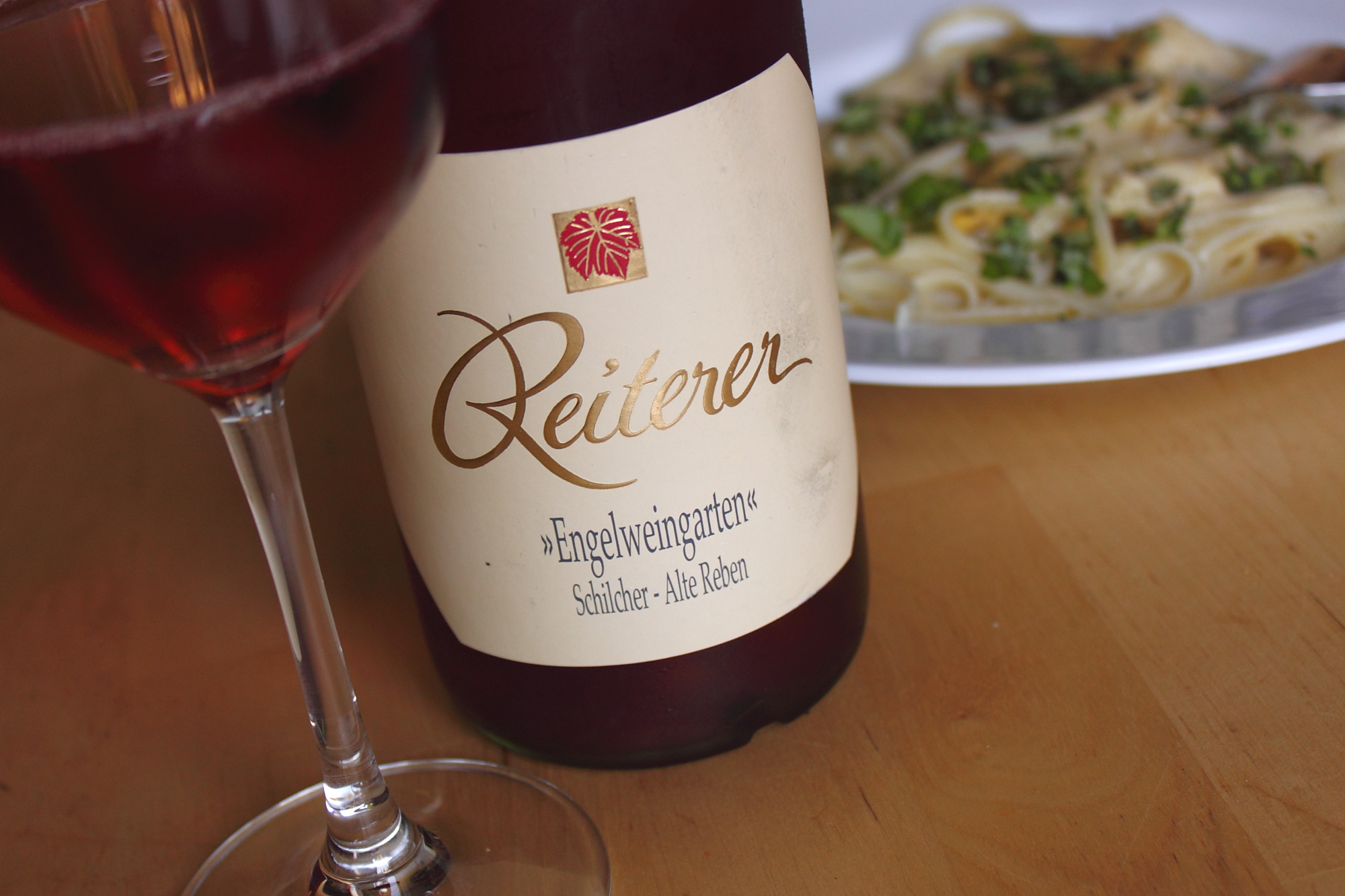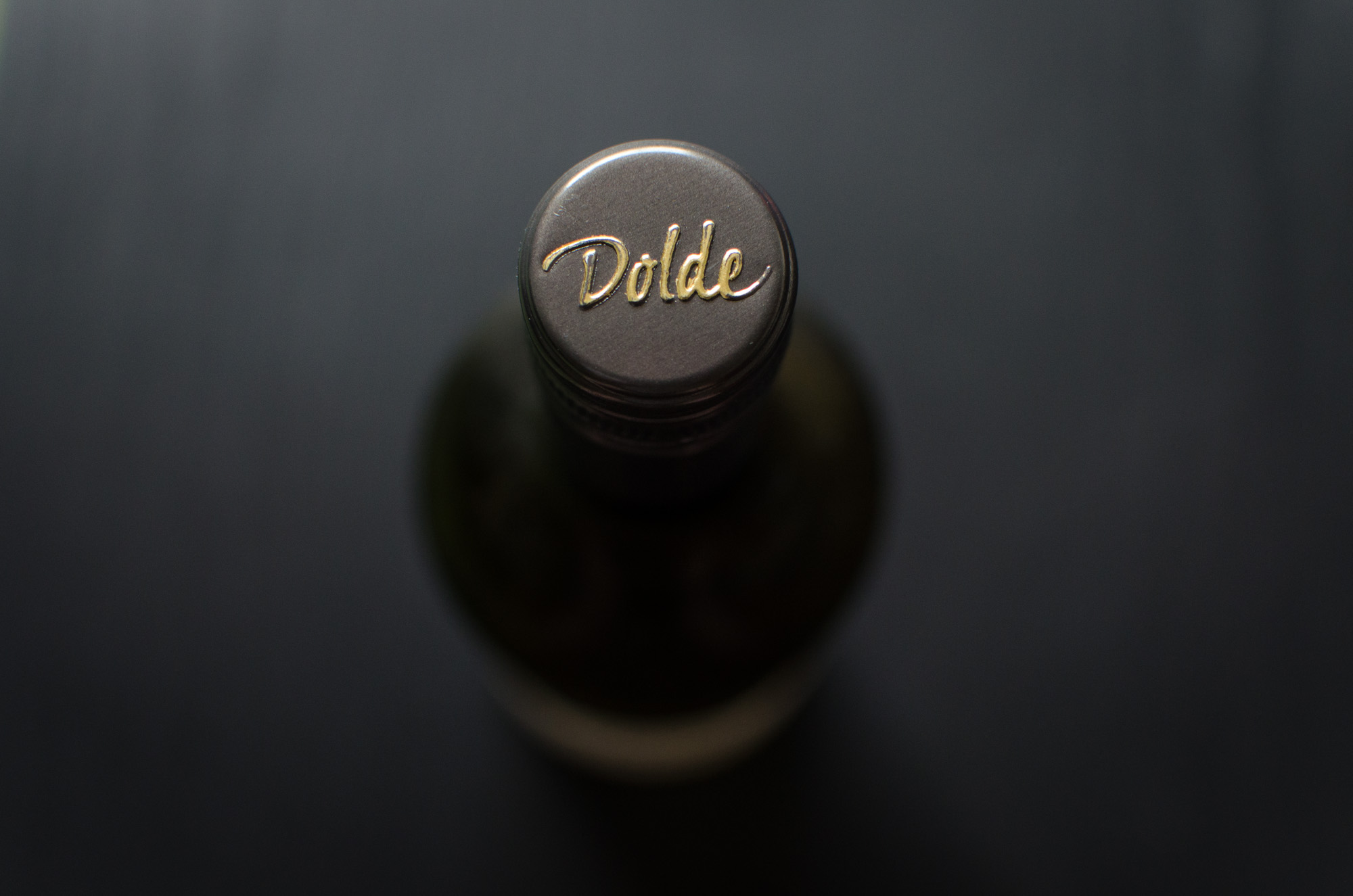Gerhard Klein, Grüner Veltliner, Junge Reben, 2013
It's been a busy few months for me. Almost all of June I spent on the road, or at events in London. So to ease myself back into blogging I thought I write about a nice little wine, nothing extraordinarily expensive or with a long and complicated backstory. There is, after all, a place for those wines that are there just to be enjoyed. 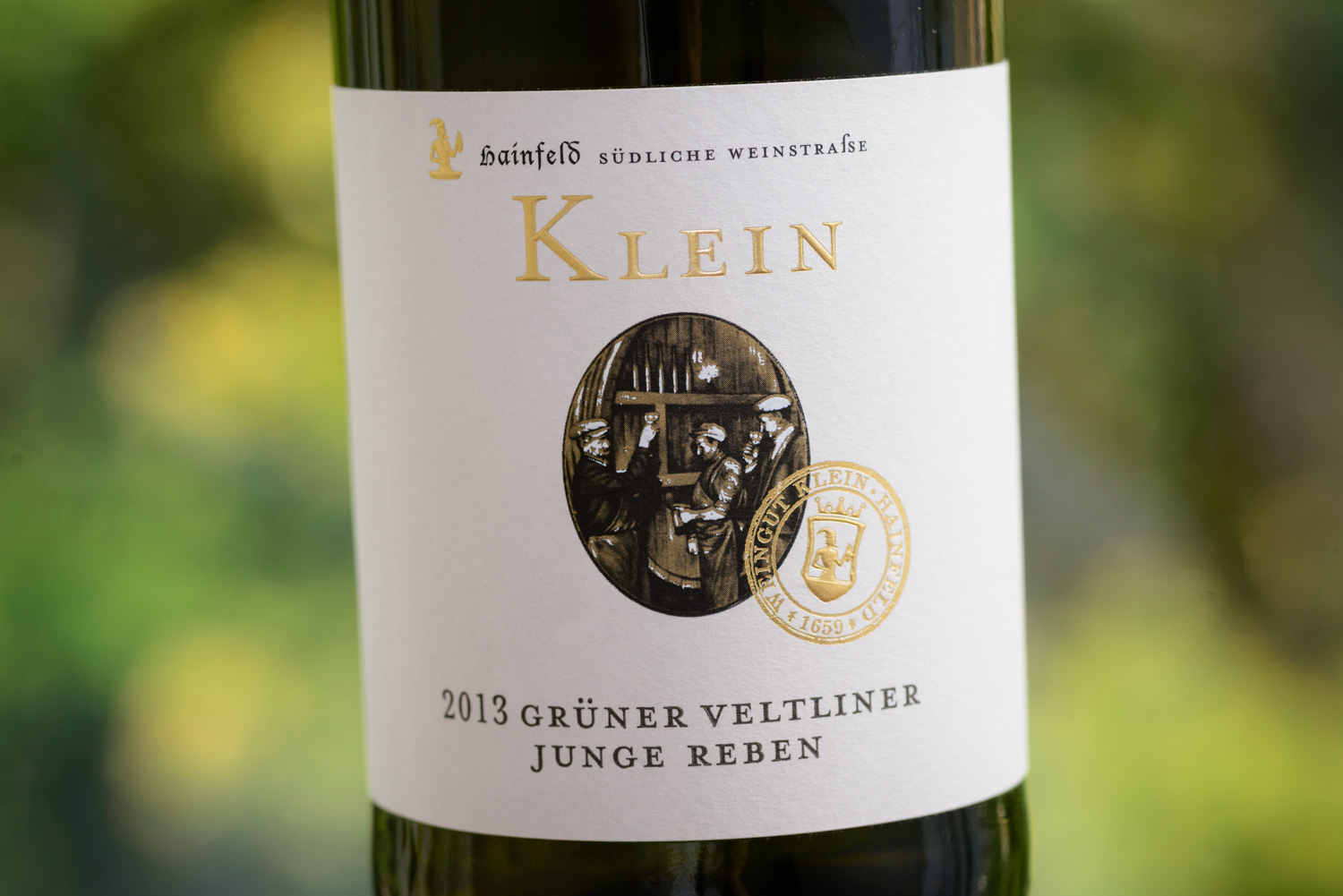 When I unscrewed Gerhard Klein's Grüner Veltliner I hoped it would be one of those quiet, enjoyable companions. And it was. With a little twist...
When I unscrewed Gerhard Klein's Grüner Veltliner I hoped it would be one of those quiet, enjoyable companions. And it was. With a little twist...

